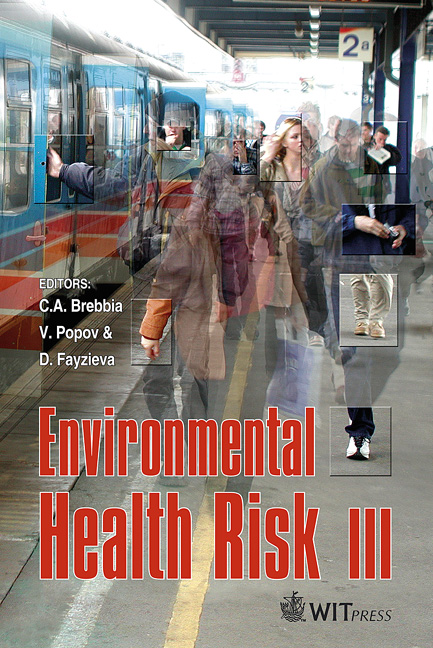Occupational Health Impacts On The Child Waste-pickers Of Dhaka City
Price
Free (open access)
Transaction
Volume
9
Pages
10
Published
2005
Size
393 kb
Paper DOI
10.2495/EHR050301
Copyright
WIT Press
Author(s)
S. Parveen & I. M. Faisal
Abstract
This paper examines the occupational health and safety problems faced by the child waste-pickers of Dhaka City. An extensive field survey and physical examinations of the waste-pickers have been used to collect the necessary primary data. The paper tracks down the health problems to their roots with the help of an impact-pathway based analysis. The study finds that the most prevalent types of occupational risks include: bites from insects and rats, cuts and bruises, skin disease, respiratory and gastro-intestinal tract problems, eye irritation, body aches, general weakness, and frequent fever. In order to understand the type and extent of the health and safety risks faced by the waste-pickers compared to non-waste picking children with similar socio-economic and environmental profiles, a comparative epidemiological analysis was carried out using exposed and control groups. It has been found that in terms of point and period prevalence rates, waste-pickers suffer significantly more than the control-group children. Using the linear multiple regression technique, the study further finds that the link between point/period morbidity indices and the risk factor (waste-picking) is a strong one as indicated by the associated t-statistic and overall performance of the models. A number of confounding factors also seem to influence the prevalence of health problems. The regression models indicate that health problems decrease with age, increase with family size, decrease with monthly expenditure, and girls tend to suffer more compared to boys. Keywords: solid waste, health impact, risk factor, confounding factor, prevalence rate, morbidity index.
Keywords
solid waste, health impact, risk factor, confounding factor, prevalence rate, morbidity index.





